Manipulate the individual phonemes in words to create new ones with this differentiated word-building worksheet.
Create a Word Chain, One Phoneme at a Time!
The ability to distinguish and manipulate the distinct sounds in words is a fundamental aspect of phonemic awareness.
This worksheet provides students with the opportunity to manipulate phonemes in order to create a continuous word chain. Starting with the targeted ‘start’ word, students then follow the directions to manipulate the phonemes in the word to generate a new word. This process continues, and a word chain is formed. All of the CCVC words included on the worksheet require the students to blend the letter l at the beginning of the word. The short vowel sounds for a, e, and i are represented in the word chain.
Once the students have created their word chains, they are encouraged to read the word list to themselves or to a peer. There are stars at the bottom of the worksheet for students to colour in each time they read their word chain aloud.
This resource has three pages. There are two differentiated versions of the worksheet and an answer key.
- Version 1: No scaffolding is provided. The students simply write the new word created each time on the line provided.
- Version 2: Sound/letter boxes are provided, showing all the letters/sounds in the new word (other than the phoneme that is changing).
Additional Uses of This Word Chain Worksheet
- Ask students to select 3-5 words from the worksheet to include in a short story.
- Ask students to create word families using a selection of words from the worksheet.
- Challenge more-capable students to create their own word chain for a partner to solve, using the worksheet as a guide.
Easily Download & Print
Use the dropdown icon on the Download button to choose between the PDF or Google Slides version of this resource.
As this resource contains an answer sheet, we recommend you print one copy, then photocopy the desired number of worksheets for your class.
You might also like to print a few copies on thick card, then slip them into dry-erase sleeves. Students can record their answers with a whiteboard marker, then erase and reuse.
This resource was created by Alessandra Pastor, a Teach Starter collaborator.
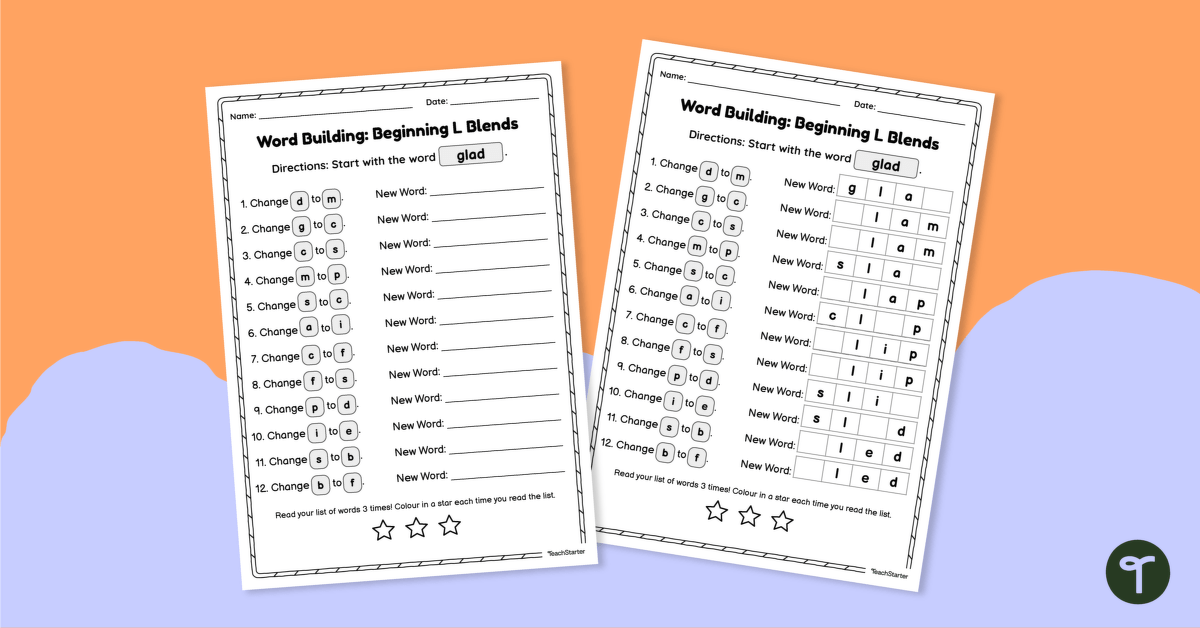

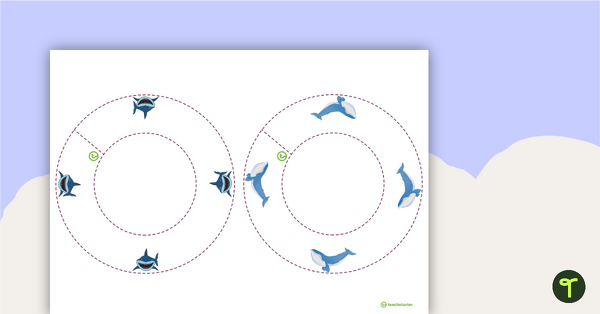
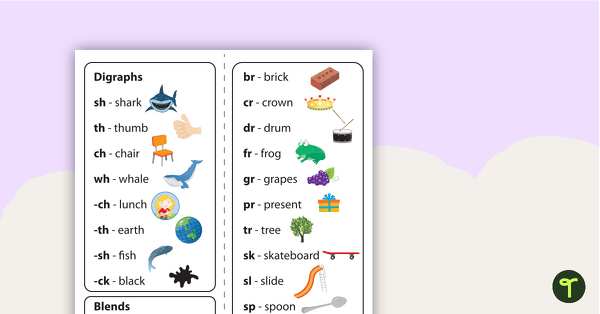
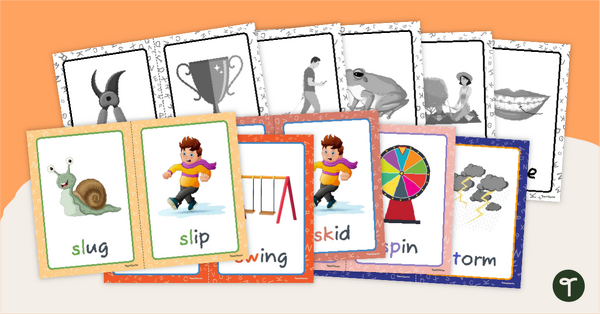
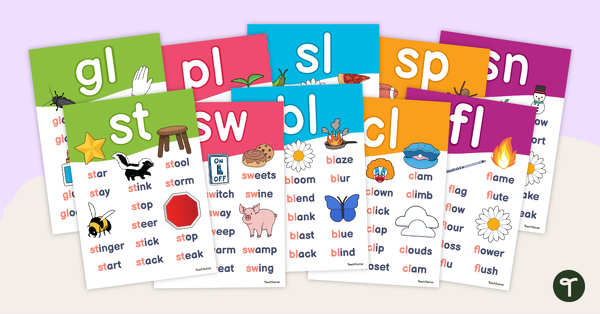
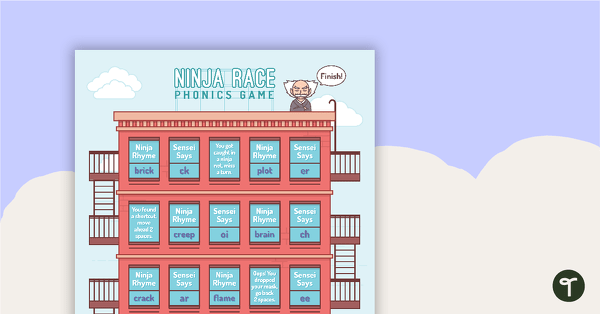
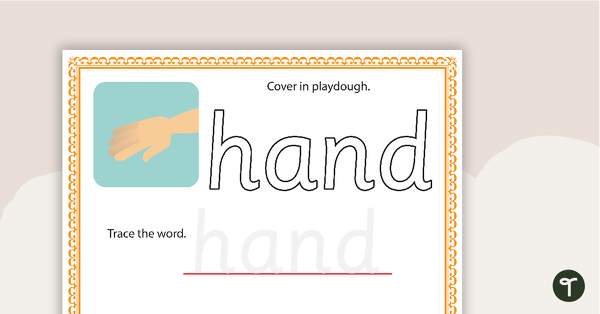
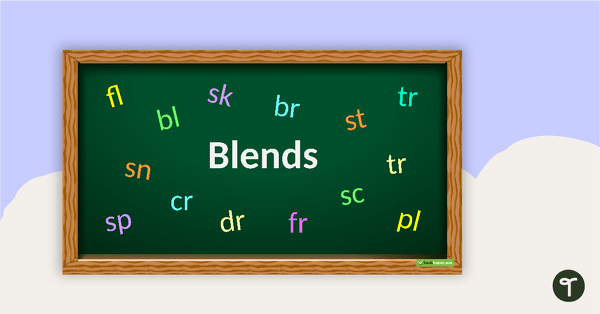
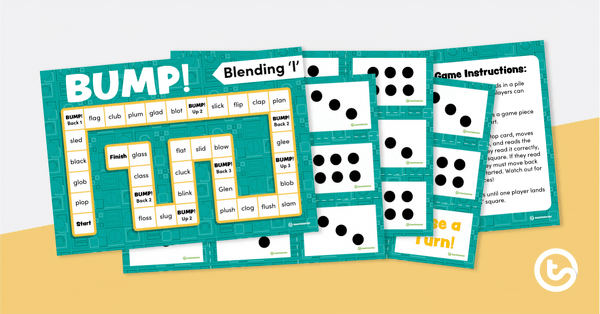
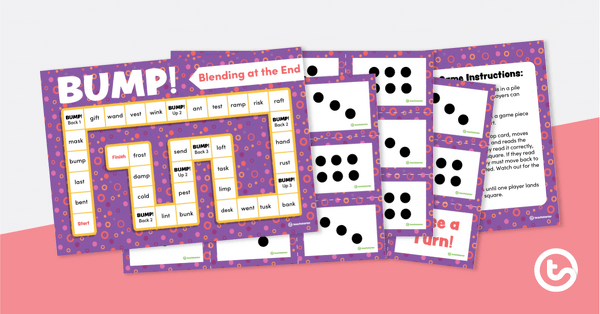
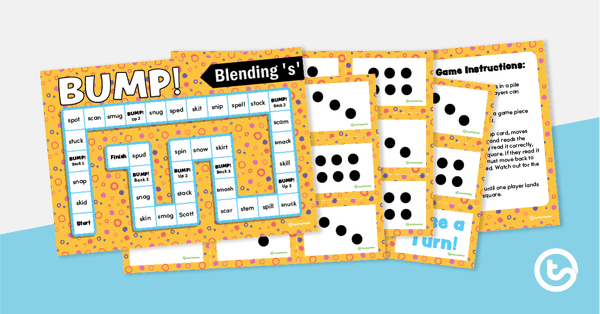
0 Comments
Write a review to help other teachers and parents like yourself. If you'd like to request a change to this resource, or report an error, select the corresponding tab above.